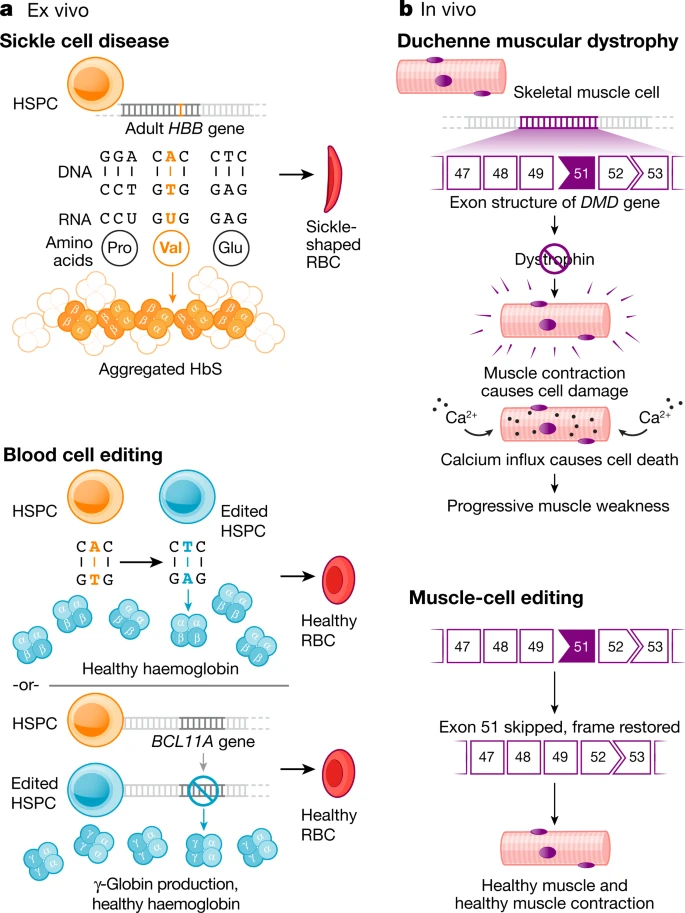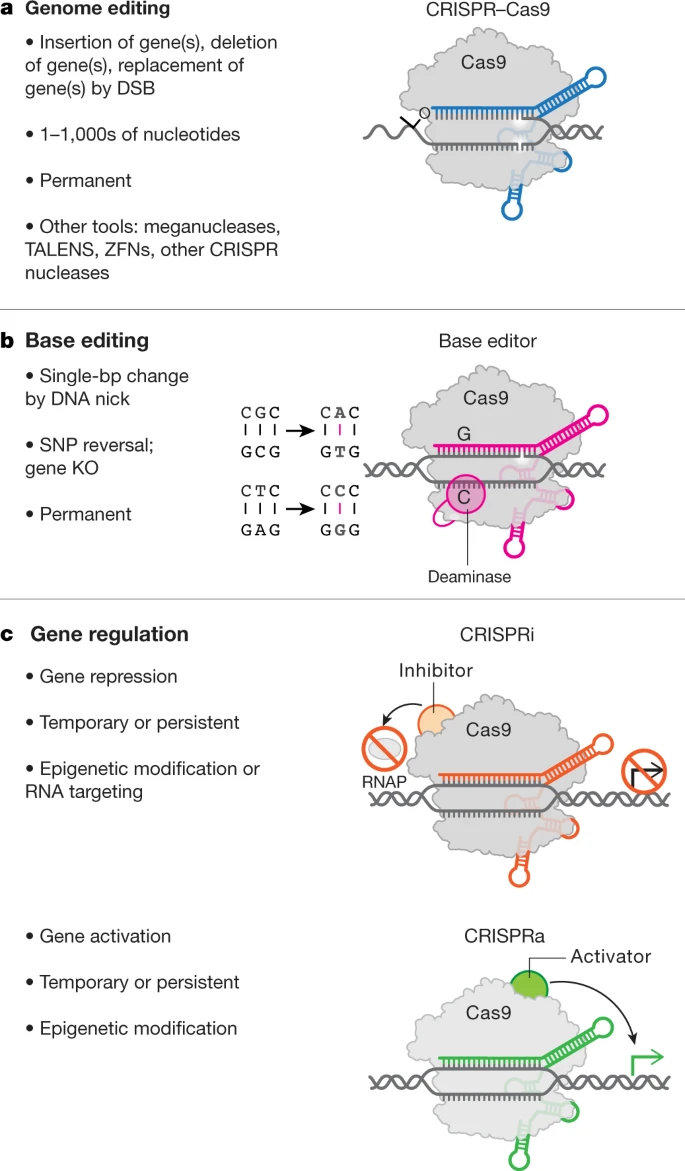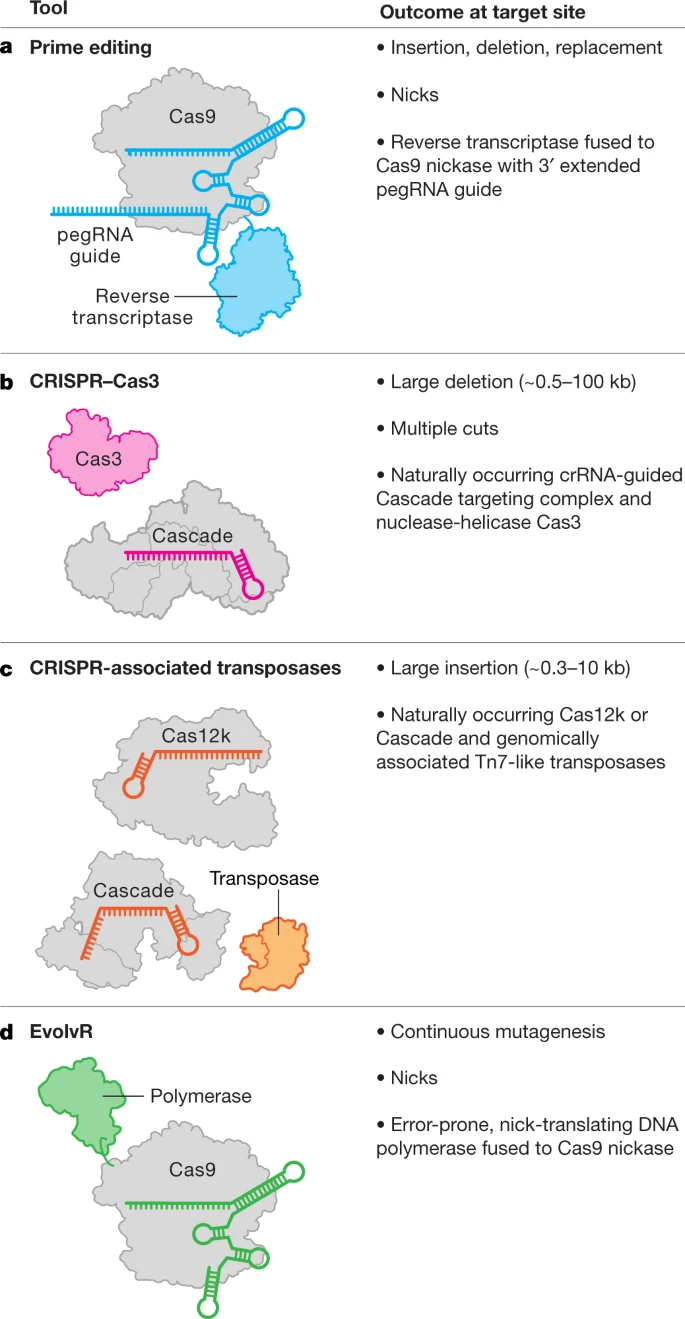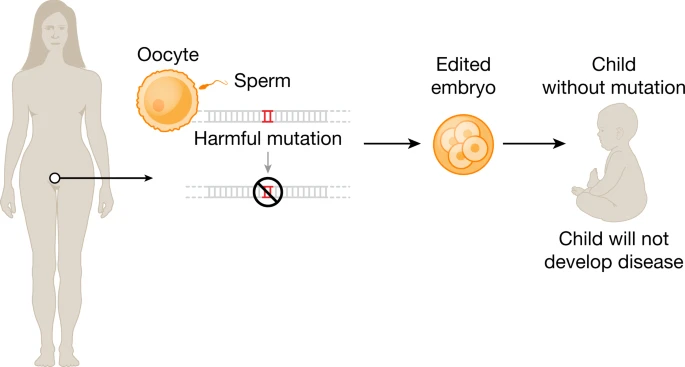In this blog I've explained my position against confidential prices for drugs. However, there is an option to complicate it: confidential entry agreements. This is the current trend for high cost drugs with uncertain outcome. The report of the OECD explains the current situation in different countries and helps to shed light in this important issue. Just take this short statement and you'll be convinced of the complete mess:
It is difficult to assess to what extent performance-based MEAs have so far been successful. Few countries have formally evaluated their experience. Confidentiality of agreements continues to be a barrier to independent evaluation and little evidence is public. However, information available from expert interviews and from prior studies indicates that CED agreements have so far had a poor track record of reducing uncertainty around the performance of medicines. As a result, some countries have recently reformed CED schemes and some are discontinuing CED agreements altogether in favour of alternatives. The latter include restricted or conditional coverage without a MEA, whereby coverage is initially restricted to certain indications or patient groups and only broadened if and when additional evidence becomes available. Payment-by-result agreements continue to be used quite widely, but they do not always generate evidence
on product performance because data used for triggering payments are not always aggregated and analysed.













